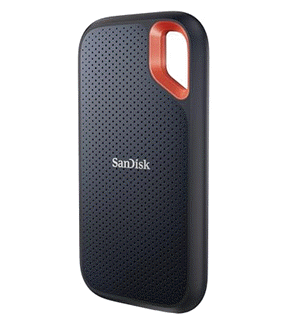Aman Mishra
2025-02-21 12:27:00
gbhackers.com
Chinese cybersecurity entities have accused the U.S. National Security Agency (NSA) of orchestrating a cyberattack on Northwestern Polytechnical University, a prominent Chinese institution specializing in aerospace and defense research.
The allegations, published by organizations such as Qihoo 360 and the National Computer Virus Emergency Response Center (CVERC), claim that the NSA’s Tailored Access Operations (TAO) unit, referred to as “APT-C-40” by Chinese sources, conducted the attack in 2022 using advanced malware and exploitation frameworks.


The university disclosed the breach in June 2022, reporting phishing emails targeting staff and students as the initial vector.
According to Chinese investigators, the NSA allegedly deployed over 40 malware strains and leveraged zero-day vulnerabilities to gain access.
Tools such as NOPEN and SECONDDATE, previously linked to the NSA in leaks, were reportedly used to establish persistence and intercept network traffic.
Attribution and Evidence
Chinese cybersecurity firms attribute the attack to the NSA based on forensic analysis and operational patterns.
Key indicators include:
- Operational Timing: Nearly all attack activity occurred during U.S. business hours (9 AM–4 PM EST), with no activity on weekends or U.S. holidays such as Memorial Day and Independence Day.
- Language and System Configuration: Attackers used American English keyboard settings and operating systems configured in English.
- Human Error: A misconfigured script revealed directory paths linked to TAO’s tools, including a Linux directory associated with NSA operations.
Investigators also identified IP addresses allegedly purchased through cover companies like “Jackson Smith Consultants” to anonymize NSA activities.
These IPs were used to control jump servers and proxy nodes across 17 countries.
Attack Methodology
The alleged attack unfolded in multiple stages:
- Initial Access: The attackers reportedly exploited zero-day vulnerabilities in neighboring countries’ servers to establish a foothold before targeting the university through phishing emails embedded with malware.
- Network Penetration: Tools such as ISLAND and FOXACID were used to compromise external servers and redirect user traffic for browser exploitation.
- Persistence: Malware like NOPEN allowed long-term access, while SECONDDATE enabled traffic interception on network devices.
- Lateral Movement: Using stolen credentials, attackers accessed internal systems, including firewalls and telecom equipment, to monitor sensitive data.
- Data Exfiltration: Proprietary tools were employed to encrypt and transmit stolen research data via proxy servers, masking the operation’s origin.
China’s claims highlight a growing focus on edge devices like routers and firewalls as targets for cyber espionage due to their limited logging capabilities.
The alleged use of tools consistent with those exposed in prior leaks, such as the Shadow Brokers’ disclosures, underscores longstanding concerns about state-sponsored cyber operations.
While these allegations remain unverified by independent sources, they reflect an intensifying narrative between global powers over cyber activities targeting critical infrastructure.
The NSA has not publicly responded to these claims.
Free Webinar: Better SOC with Interactive Malware Sandbox for Incident Response, and Threat Hunting - Register Here
Keep your files stored safely and securely with the SanDisk 2TB Extreme Portable SSD. With over 69,505 ratings and an impressive 4.6 out of 5 stars, this product has been purchased over 8K+ times in the past month. At only $129.99, this Amazon’s Choice product is a must-have for secure file storage.
Help keep private content private with the included password protection featuring 256-bit AES hardware encryption. Order now for just $129.99 on Amazon!
Help Power Techcratic’s Future – Scan To Support
If Techcratic’s content and insights have helped you, consider giving back by supporting the platform with crypto. Every contribution makes a difference, whether it’s for high-quality content, server maintenance, or future updates. Techcratic is constantly evolving, and your support helps drive that progress.
As a solo operator who wears all the hats, creating content, managing the tech, and running the site, your support allows me to stay focused on delivering valuable resources. Your support keeps everything running smoothly and enables me to continue creating the content you love. I’m deeply grateful for your support, it truly means the world to me! Thank you!
|
BITCOIN
bc1qlszw7elx2qahjwvaryh0tkgg8y68enw30gpvge Scan the QR code with your crypto wallet app |
|
DOGECOIN
D64GwvvYQxFXYyan3oQCrmWfidf6T3JpBA Scan the QR code with your crypto wallet app |
|
ETHEREUM
0xe9BC980DF3d985730dA827996B43E4A62CCBAA7a Scan the QR code with your crypto wallet app |
Please read the Privacy and Security Disclaimer on how Techcratic handles your support.
Disclaimer: As an Amazon Associate, Techcratic may earn from qualifying purchases.








































































































